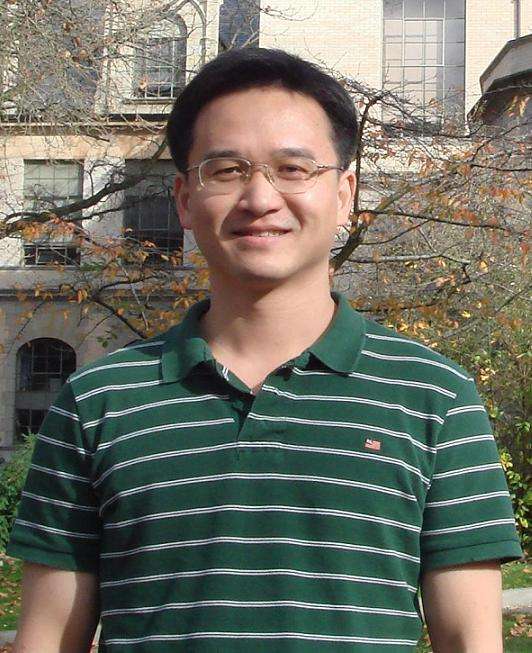由信息与通信工程学院主办的“信通论坛”本次邀请到华中科技大学谢庆国教授到校交流,具体安排如下,欢迎感兴趣的师生参加。
一、主 题:Digital PET: LEGO for Scientist
二、主讲人:谢庆国(教授,华中科技大学)
三、时 间:2019年9月17日(周二)上午10:30
四、地 点:清水河校区科研楼B302
五、主持人:信息与通信工程学院 李纯明 教授
六、内容简介:
Positron emission tomography (PET) is a functional imaging modality with enormous applications in both clinical diagnosis and biomedical research. In a traditional PET system, scintillation pulses are too fast to be accurately digitized using normal analog-to-digital converter (ADC) techniques. Thus, the data acquisition (DAQ) system resorts to mixed-signal front-end electronics to shape and process signals, which both deteriorate the data quality and complicate the system structure. System design is hindered by the lack of flexibility, scalability and upgradability. PET’s application potential is hardly fulfilled.To address this problem, we have proposed the multi-threshold voltage (MVT) method which can recover accurate digital signal from samples of a scintillation pulse at several pre-defined points. Using MVT as the cornerstone, the all-digital PET is proposed as a new generation of nuclear imaging techniques. All-digital and modularized basic detector modules (BDMs) were developed. A BDM is a self-sufficient system, capturing a gamma photon and transferring the MVT samples to the server. The whole data-processing procedure, from pulse recovering and event coincidence to data correction and image-reconstruction, are all performed by software on the server, or even the cloud. The PET’s hardware is greatly simplified: it is no more than a group of BDMs put together per a desired geometry. On the other hand, the PET’s capability is much enhanced: its functions are defined by algorithm modules, which can be easily expanded and upgraded. PET system design has never been so simple and flexible.As a result, the all-digital PET provides scientists their “LEGO bricks” to build any system they like. A totally new landscape of PET applications is around the corner.
七、主讲人简介:

Qingguo Xie received his B. Sc. in Industrial Automation from Huazhong University of Science and Technology (HUST) in 1994, M. Sc. in Industrial Automation from Dalian University of Technology in 1997, and Ph. D. in Electrical Engineering from the HUST in 2001.
Dr. Xie is currently a distinguished professor with the Department of Biomedical Engineering at the HUST, an adjunct professor with the Wuhan National Lab for Optoelectronics (WNLO), and a professor with the Mediterranean Neurological Institute (NEUROMED).
His research interest centers on positron emission tomography (PET) imaging science and its biomedical applications. He founded the PETLab at the HUST in 2001 and the PETLab at the NEUROMED in 2017. Prof. Xie and his team have endeavored in the field of physics, electronics, and mathematics, to develop a whole system of all-digital PET technology, with focuses on scintillation materials, photodetectors, signal processing methods and reconstruction algorithms. They are also exploring new applications for both preclinical and clinical researches, as well as the development and validation for new drugs and therapeutic approaches.
八、主办单位:信息与通信工程学院